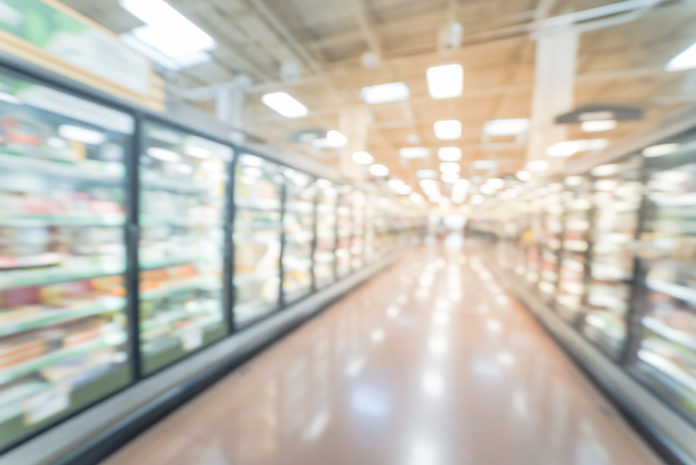
American consumers spend an average of 37 minutes on food prep and cleanup each day, but we could see those numbers drop as frozen meals are ending up in more shopping carts. According to the latest RBC Capital Markets Report, as summarized by MarketWatch, the frozen food category has turned positive for the first time in five years.
With Millennials holding so much buying power, it should come as no surprise that the frozen foods section’s stigma-busting upswing can be attributed to manufacturers responding to some of their top priorities: health, convenience, sustainability, and cost-effectiveness.
Freezer shelves are stocked with more affordable hormone-free, organic, and natural frozen options than ever — and they’re all more convenient than meals made from kits or from scratch. Plus, consumers are beginning to see the value of frozen food as it relates to food waste. As RBC points out, “Consider than an estimated 80% of fresh food in the U.S. is wasted each year as consumers often overbuy fresh food or misalign their purchases and consumption, which causes unwanted spoiling. These problems are largely alleviated with frozen vegetables and frozen meals.”
Manufacturers who are modernizing their frozen options are changing the perception of frozen food from “packaged and engineered” to “a convenient option full of nutrition and flavor.” According to MarketWatch, companies with huge potential to grow from this frozen food resurgence include Conagra Brands (Healthy Choice, Marie Calendars, Banquet), Pinnacle Foods (Birdseye), and B&G Foods (Jolly Green Giant).






